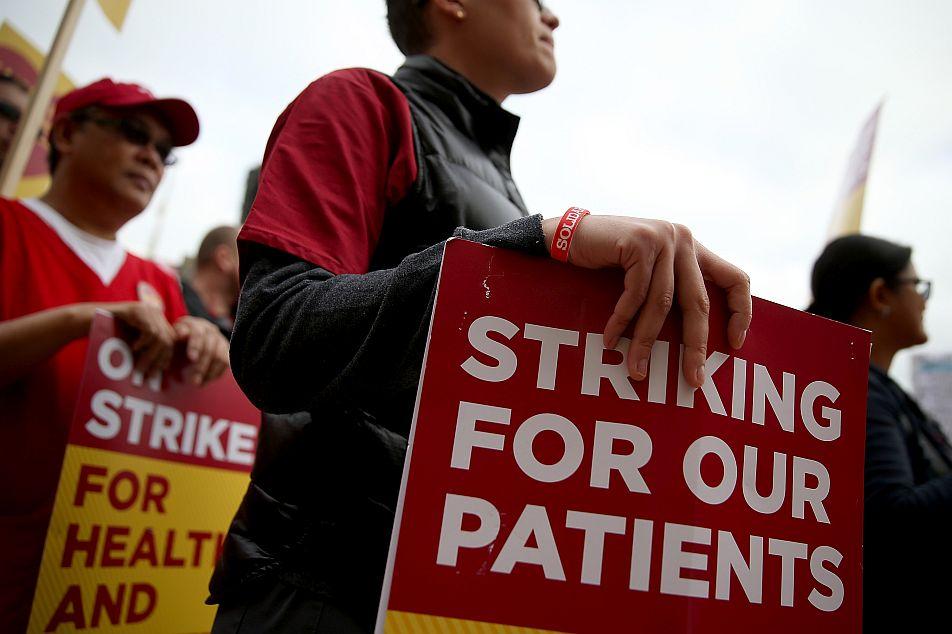Chairman Ben S. Bernanke of the Federal Reserve System announced in September an open-ended QE3 (quantitative easing 3) program, a government monetary policy tool used to increase the money supply of banks, encourage increased lending, and improve liquidity in the market.
“We announced that we would buy mortgage-backed securities guaranteed by the government-sponsored enterprises at a rate of $40 billion per month. Those purchases, along with the continuation of a previous program involving Treasury securities, mean we are buying $85 billion of longer-term securities per month through the end of the year,” the Fed chairman explained in an Oct. 1 speech at the Economic Club of Indiana, stating that it is the Federal Reserve’s obligation to foster a healthy economy.
Given the economic problems the United States has been facing since the onset of the financial crisis, the Federal Reserve reduced the interest rate to close to zero, in an effort to entice the U.S. corporate world to invest in their businesses and provide increased spending power to the populace.
“We reasoned that, as with traditional monetary policy, bringing down longer-term rates should support economic growth and employment by lowering the cost of borrowing to buy homes and cars or to finance capital investments,” Bernanke said.
According to a Sept. 22 Advisor Perspectives article, QE3’s $85 billion per month policy would result in a $500 billion cost annually and, as suggested by Bernanke, won’t end until unemployment has gone down to an acceptable rate.
“The Fed, as we all know by now, has a dual mandate to maintain price stability while promoting full employment. These goals can clearly conflict with each other. For now, the goal of higher employment is taking precedence over the need to stem inflation,” the Advisor Perspectives article suggests.
Economic Experts Discuss Quantitative Easing
“And so the Fed has embarked upon a course of extraordinary quantitative easing. … And it is doing so in the face of a growing chorus of economists … who are hollering that more QE will not have any effect upon employment and may even do more harm than good,” the Advisor Perspectives article states.
Bernanke was unwilling to provide a specific number concerning the U.S. unemployment rate.
To the surprise of many, Narayana Kocherlakota, president of the Federal Reserve Bank of Minneapolis, stated in a Sept. 20 speech at the Gogebic Community College that an acceptable unemployment rate would be less than 5.5 percent.
Kocherlakota qualified his remark by stating that the numbers he provided during his speech should not be thought of as a benchmark for adjusting interest rates. The final decision would be made by the Federal Open Market Committee after taking into consideration the inflation rate.
For the unemployment rate to decrease to 5.5 percent from the September numbers of 7.8 percent, 250,000 jobs need to be filled monthly for approximately three years. Of these jobs, 125,000 are for new entries into the workforce because of estimated population growth statistics.
“We need 250,000 new jobs per month for a year to drop the unemployment rate by a little more than 1%, the economy needs to grow north of 3% per year for that to happen,” the Advisor Perspectives article suggests.
However, the above numbers are only valid if the people who no longer actively look for a job and no longer receive unemployment compensation are left out of the equation. Considering all unemployed, it would take at least nine years before the unemployment rate of 5.5 percent can be achieved.
“Could inflation hawk Kocherlakota really be advocating an even lengthier easing period? The answer is in his speech. What he actually said was that we should hold rates low until unemployment goes to 5.5%, assuming (and here’s the point) that inflation stays below 2.25%,” according to the Advisor Perspectives article.
Keeping a Dying System Alive
“The Fed is engaging in QEn+1 (open ended quantitative easing) because they are trying to keep a dying system alive. The Fed will commit all of its resources and use all of its privilege in this effort because it is the only system they know,” according to a Sept. 20 article on the Advisor Perspectives website.
The reflationary model, a monetary policy that intentionally increases a country’s output to restrain the effects of deflation through lowering interest rates and escalating government spending, has been questionable since 2008 because today $2.50 of debt is needed to achieve $1 of economic growth.
It has never been proven that the buying of securities is a tool that increases the employment rate, and as the Advisor Perspectives article notes, “the remarkable rise of the number of Americans participating in Food Assistance and/or collecting Disability leaves little doubt that the working class is not benefiting at all from QE.”
However, what the Federal Reserve’s QE programs have achieved with the buying of large amounts of risky assets and the near zero interest rate is that they kept the failing banks alive while stressing the “too big to fail” paradigm.
The Advisor Perspectives article states: “Banks didn’t want to take the losses and the Fed enabled them to avoid doing so by relieving them of troubled assets and allowing them to borrow at artificially low rates. ... The improved capital position of the banks has not helped the overall economy or the employment situation.”
The article suggests that the likely losers of the Federal Reserve’s QE programs are the general populace, including those who invested their funds in bonds and other securities. Additionally, the consumer is struggling with less disposable funds because of sluggish wages and the increasing price of commodities.
QE Seen Damaging the U.S. Economy
An Oct. 1 article on the Seeking Alpha website quoted Marc Faber, a well-known international investor, when discussing the problems with QE3 and an expected QE4. “QE helps rich people whose asset prices go up and whose net worth then increases but it doesn’t flow to the man on the street who is faced with higher costs of living with price rises. You just have a small economy that is booming but the majority of the economy is damaged by QE,” Faber said.
The article suggested that Bernanke was too impatient to wait for the market, which had become addicted to the government stimulus packages, to function without government assistance.
The likely failure of the QE stimulus packages is already showing its symptoms with the U.S. dollar having lost 4 percent of its value because the U.S. Treasury Department is printing money, and the Federal Reserve is dispensing the money.
The cost to the consumer when buying goods or employing services has increased, which is quite obvious when buying various commodities such as groceries and gas, products needed for daily survival.
Much can be observed by even those who are not market experts or economists. “This leaves investors to wonder how much more markets and the economy can rise when the Federal Reserve is undergoing measures that actually damage the backbone of the nation’s economy,” the Seeking Alpha article suggests.
The Epoch Times publishes in 35 countries and in 19 languages. Subscribe to our e-newsletter.



